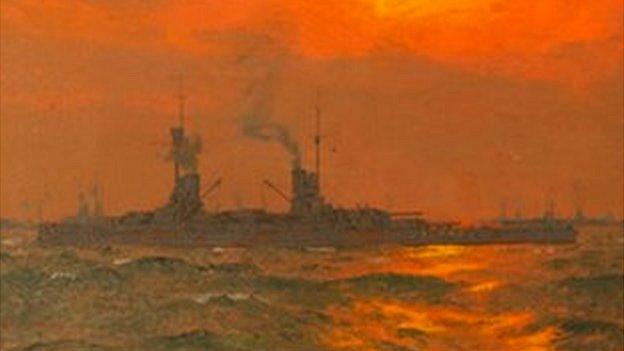First echosound image of Scapa Flow battleship wreck
- Published
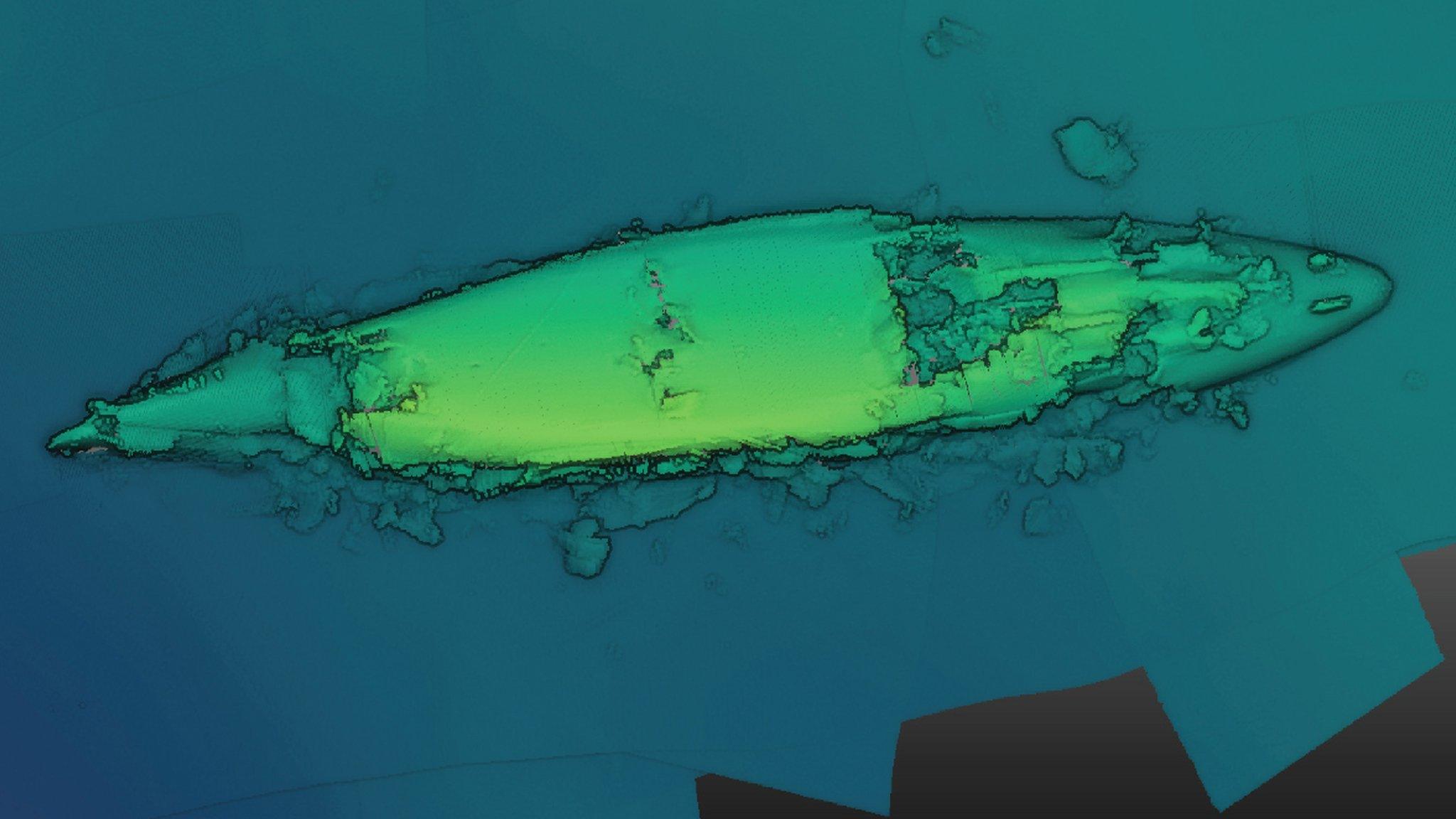
The first image shows the upturned hull of the Markgraf
The first image generated of a scuttled German battleship at Scapa Flow after a multibeam echosounder survey has been released.
The Markgraf was among dozens of ships from the German High Seas Fleet scuttled by their crews off Orkney in 1919 following the end of World War One.
Data has been collected during a major maritime archaeology project.
The first image created shows the upturned hull of the Markgraf.
More than 50 German ships sank to the bottom of Scapa Flow in June 1919.
Most were removed from the water but some remain on the sea bed, and were declared monuments of national importance in 2001.
Marine archaeologists from Orkney Research Centre for Archaeology (Orca), the University of the Highlands and Islands Archaeology Institute and divers from scientific logistics diving company Sula have been involved in the multibeam echosounder technology project.
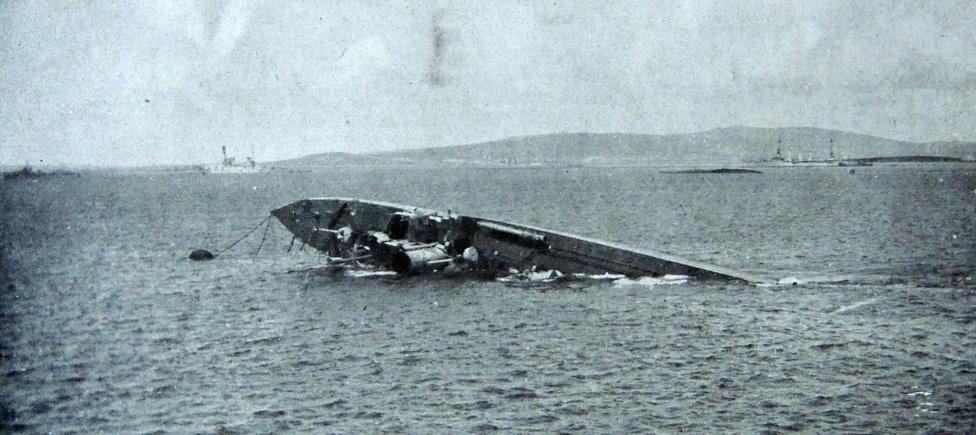
Dozens of ships sank to the seafloor
The new image shows the Markgraf lying in 30m (98ft) of water on the seabed of Scapa Flow.
Propeller shafts and rudders can be seen still in place, 98 years on.
There will be more images released once the data has been analysed in full.

Meeting an end at Scapa Flow
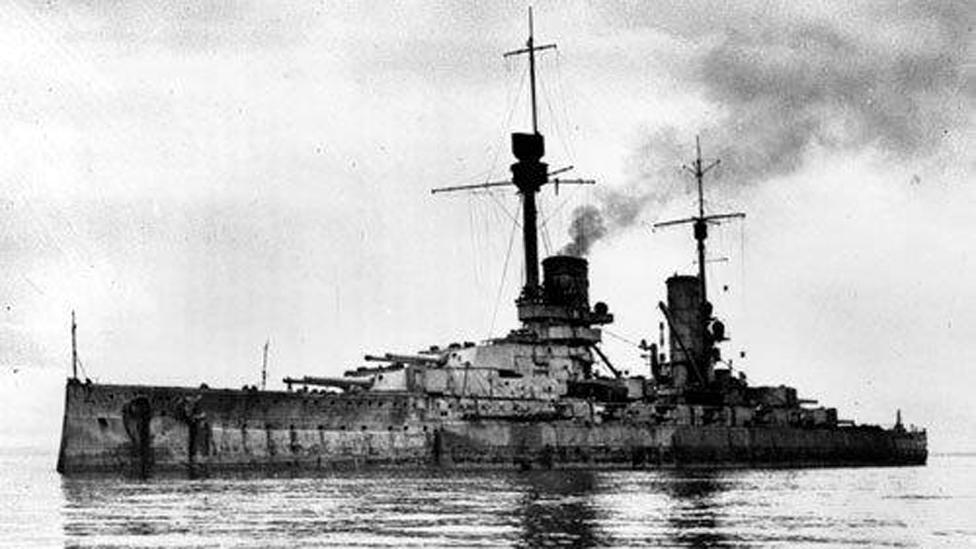
The German battleship Markgraf was among those scuttled in 1919
The Markgraf was built in Bremen to serve in the German Navy in World War One.
The Battle of Jutland in 1916 was to be the ship's first significant action, suffering damage and several crew deaths.
In November 1918, the battleship left Germany for the last time, and was among the many interned ships of the German High Seas Fleet in the Orkney anchorage of Scapa Flow the following year.
As wrangles over the peace treaty to officially end the war were reaching a climax in Paris, the German commander, Admiral Ludwig von Reuter, believed that his ships were about to be seized as spoils of war and divided up between the victorious Allies.
He felt duty-bound not to let that happen.
Von Reuter's flagship, Emden, sent out the seemingly innocuous message - "Paragraph Eleven; confirm". It was a code ordering his men to scuttle their own ships.
Beneath decks, German sailors immediately began to open seacocks - valves that allow water in - and smash pipes.
The Germans took to small boats to escape their sinking ships, a dramatic sight for all who witnessed it.
- Published24 July 2017
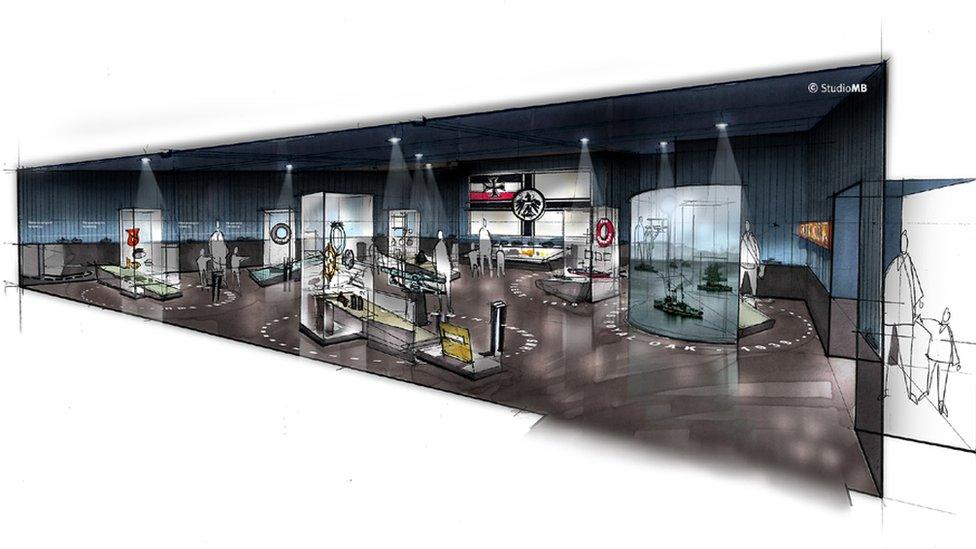
- Published28 April 2017
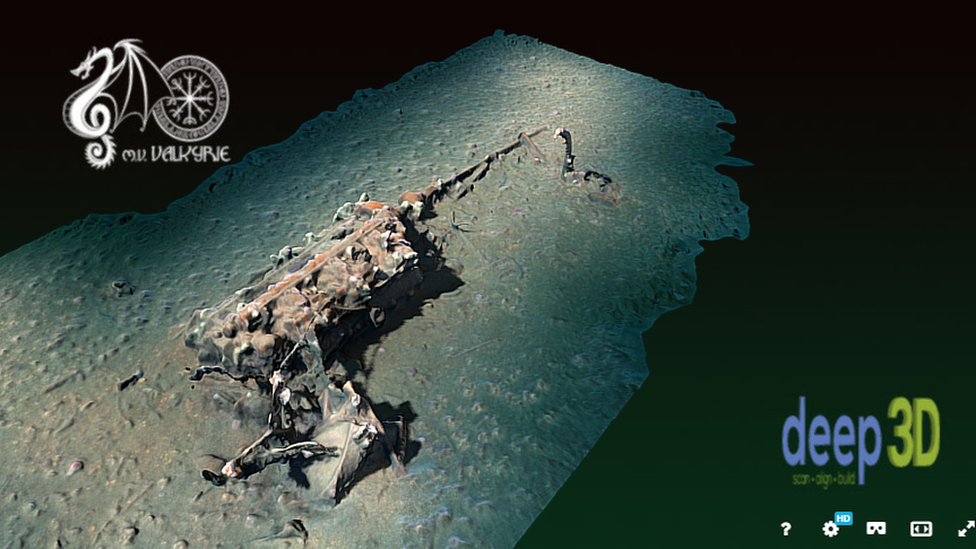
- Published8 March 2017
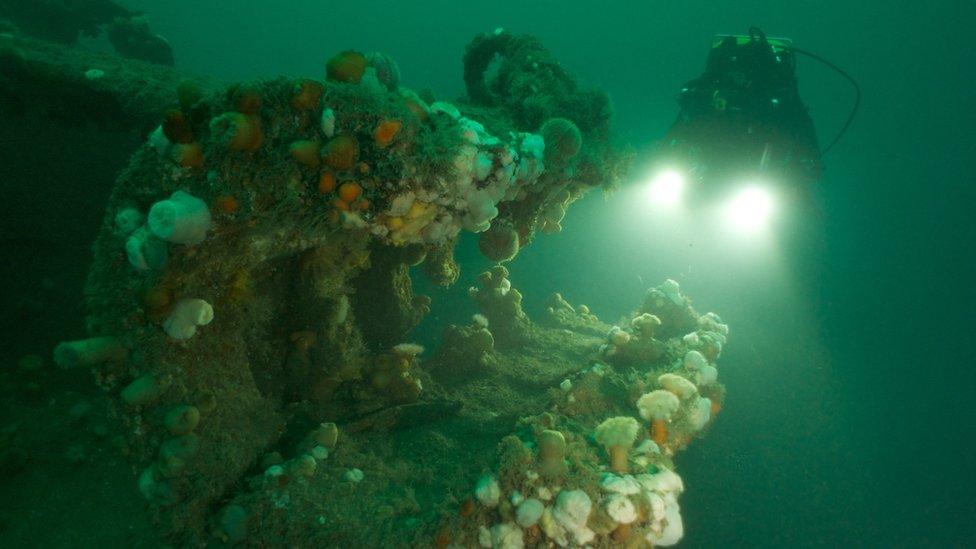
- Published22 February 2017
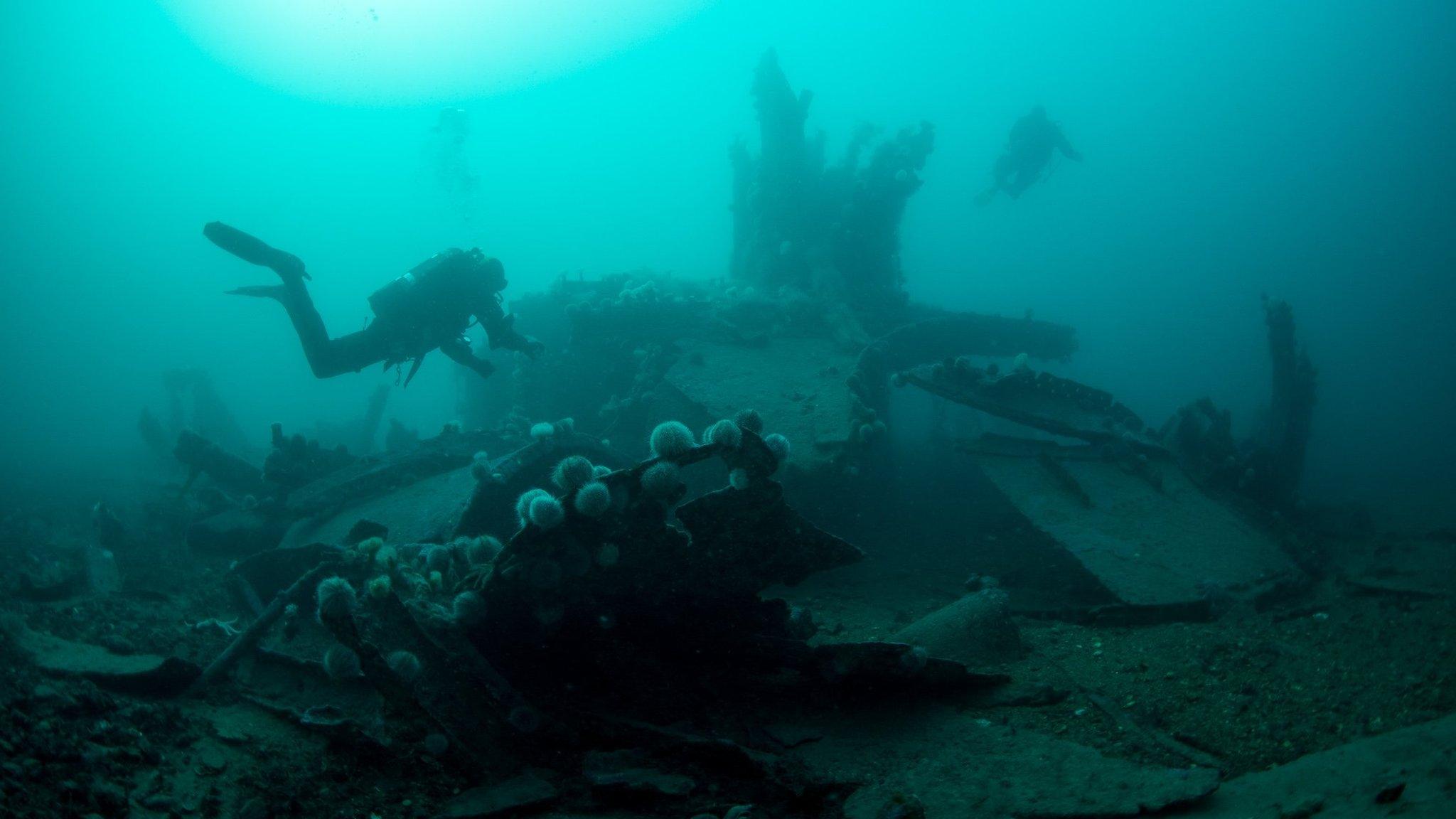
- Published29 November 2016
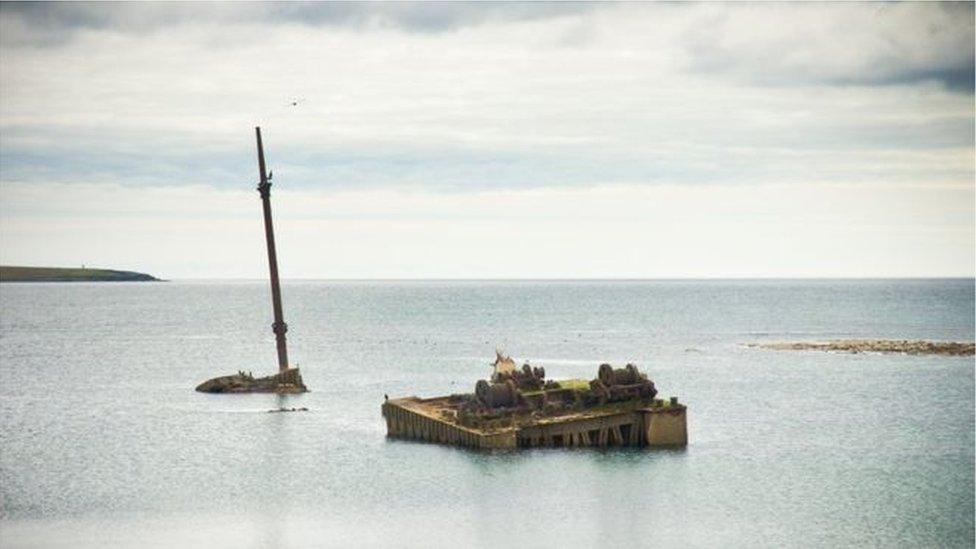
- Published19 June 2015
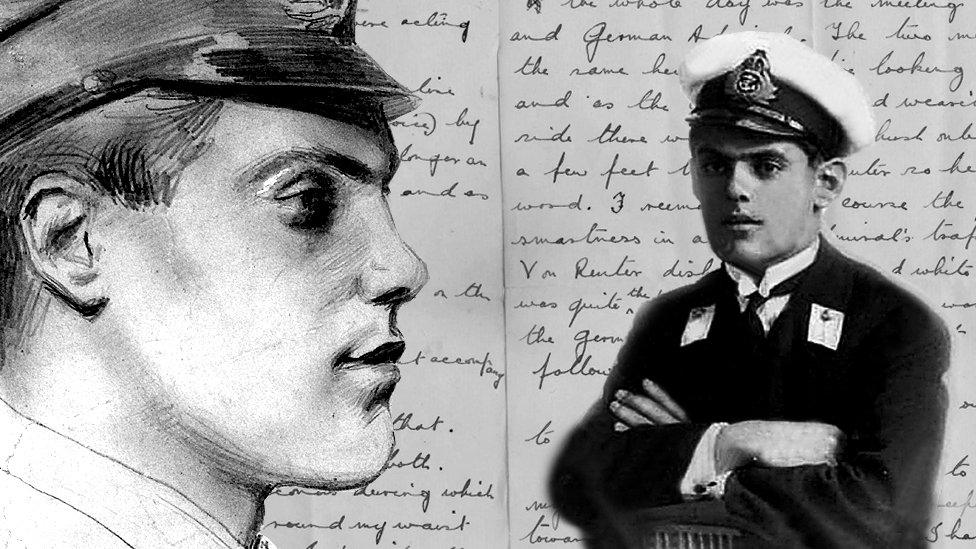
- Published20 November 2014
